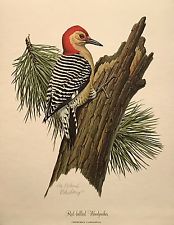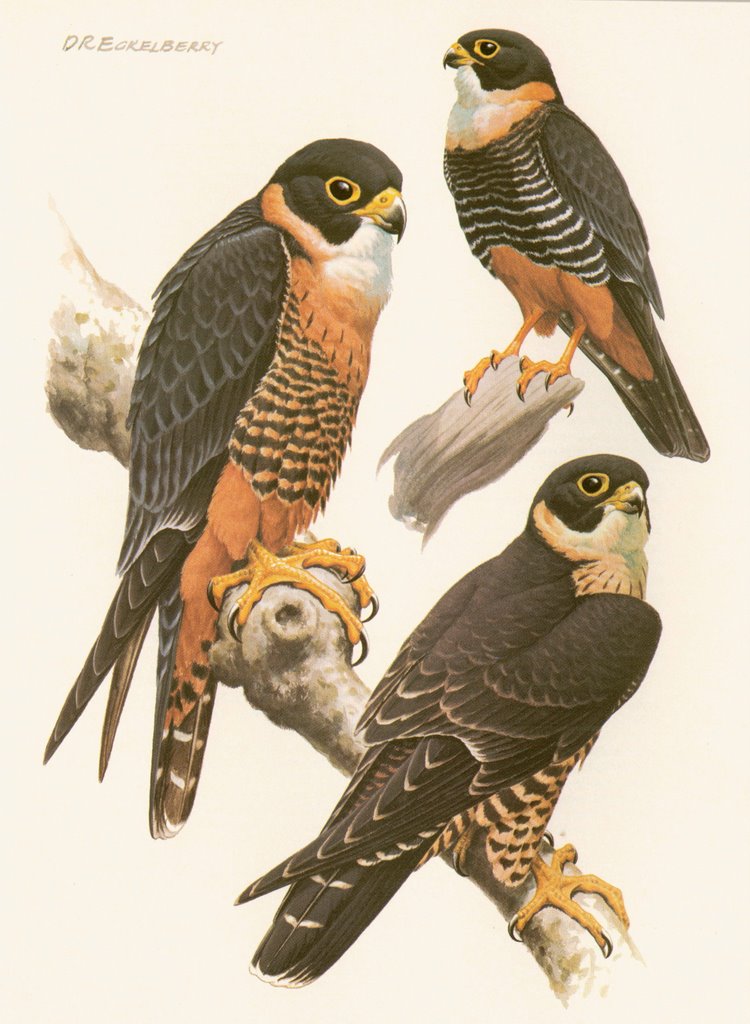NEW BIRD SPECIES DISCOVERED IN PERU: Machaeropterus Eckelberryi
/Machaeropterus eckelberryi. Image credit: Andy Kratter, Florida Museum of Natural History.
The Machaeropterus eckelberryi was just found in southwestern Loreto, Peru. However, in 1994, it was mistakenly thought to be another species: striped manakin (Machaeropterus regulus) found in the Cordillera Azul mountain range. It's named after 20th century bird illustrator Don Eckelberry.
Researchers realized it was a new species when hearing its unique chirping.
“Machaeropterus eckelberryi’s song lacks undertones and has a one-noted rising vocalization, rather than two-noted falling vocalization with undertones or a falling monosyllabic vocalization with undertones.”




“With its bright yellow front feathers, the bird was different from a local subspecies of the striped manakin, but nearly identical to the subspecies Machaeropterus regulus aureopectus found in the distant Venezuelan tepuis, but it has a completely different voice,” explains ornithologist Dr. Andy Kratter, of the Florida Museum of Natural History and the Louisiana State University Museum of Natural Science.
“Even if we weren’t discovering new species, just exploring regions of the world that are still poorly known and getting a better picture of where species are distributed, what habitats they use and how we may use this knowledge to preserve them is a worthwhile activity,” says Dr. Daniel Lane, a research associate at Louisiana State University.
“Peru still has many treasures hidden in unexplored nooks and crannies, and I’d be lying if I said I didn’t enjoy the opportunity to uncover them. To this day, it may be some of the most virgin terrain I’ve ever visited.”
“Finding the new species and the isolated mountain ridge were important for the scientific community, in part because the discovery spurred Peru to preserve the area,” Dr. Kratter says.
“The Peruvian government established a national park in the area in the early 2000s, mainly as a result of finding this novel diversity in this area, which our expedition did.”
“Finding these guys opened up a little more inventory and exploration, which led to the formation of this gigantic national park.”
Machaeropterus eckelberryi is described in a paper published in the September 15, 2017 issue of the journal Zootaxa.
Sources:
http://www.sci-news.com/biology/machaeropterus-eckelberryi-new-bird-species-peru-05353.html
Daniel F. Lane et al. 2017. A new species of manakin (Aves: Pipridae; Machaeropterus) from Peru with a taxonomic reassessment of the Striped Manakin (M. regulus) complex. Zootaxa 4320 (2); doi: 10.11646/zootaxa.4320.2.11









